Grange insistent on return of items to Jamaica
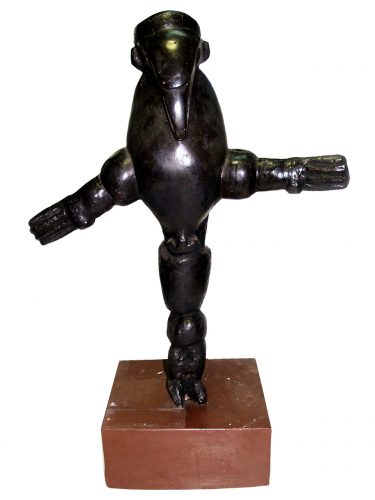
The Andrew Holness administration is moving to retrieve a number of pre-colonial indigenous sculptures belonging to Jamaica that are being housed at the British Museum in the United Kingdom.
Minister of Culture, Gender, Entertainment and Sport, Olivia Grange, who made the announcement, declared Jamaica’s intent to have its pre-colonial indigenous sculptures returned to the island. The sculptures include Taino wooden artefacts titled “Boinayel figures” and “Birdman” which were found in a cave in the spots mountain within the Carpenter’s Mountain Range in Manchester.
These pre-colonial indigenous sculptures are called Zemís, which served as an intermediary or representation of a deity or spirit. Zemís played a prominent role in religious ceremonies relating to fertility, healing, divination and the cult of ancestors.
They were religious objects imbued with the power of the spirits that they represented be it familial, mythic ancestors or deities.
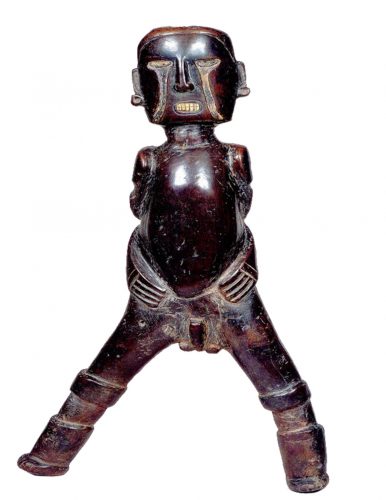
Speaking at the recent virtual staging of the Institute of Jamaica (IOJ) Heritage Fest, Grange told the virtual audience, “as Minister, I am determined to ensure the repatriation of cultural objects taken from Jamaica, which constitute our rich cultural heritage.”
Noting that the return of the artefacts “will fill the gaps in our history that are critical to the process of understanding ourselves and fostering greater cultural awareness,” Grange said her ministry, with the help of the Ministry of Foreign Affairs and Foreign Trade, has initiated the process of engaging the British authorities to get the artefacts returned to Jamaica.
Information obtained from the IOJ, which is the repository for Jamaica tangible and intangible heritage, states that “the Taino sculptures were removed from a cave in Carpenter’s Mountain in the parish of Vere, now known as Manchester, during the 18th century. Those objects are also called Carpenter’s Mountain carvings.”
According to the IOJ, “the objects are slated to have been acquired by the British Museum in the period between 1799 and 1803. They were formally entered into the Museum’s collection in 1977.” Minister Grange pointed out that in 1981, the British High Commission in Jamaica had identified approximately 137 objects from Jamaica that were housed at the British Museum.
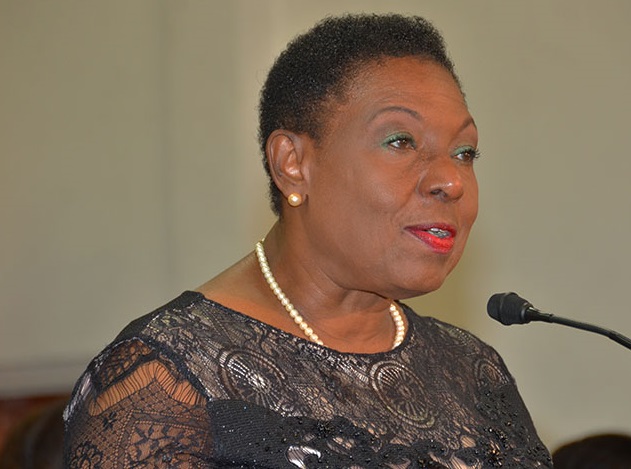
Last year, Grange sought to put pressure on the museum to return two sculptures made by the Taíno indigenous people but, to date, the sculpture have not been returned.
JIS


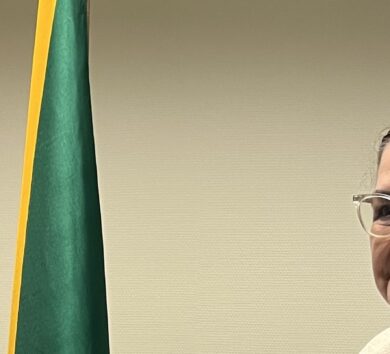


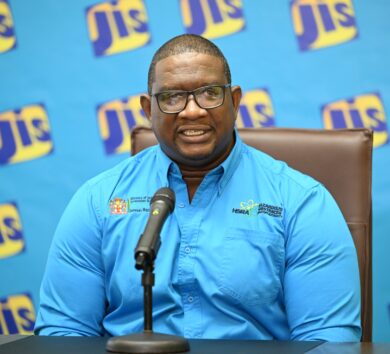

Comments